Schemas

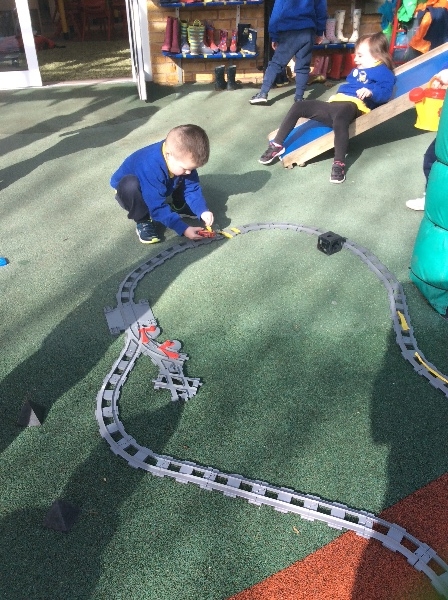
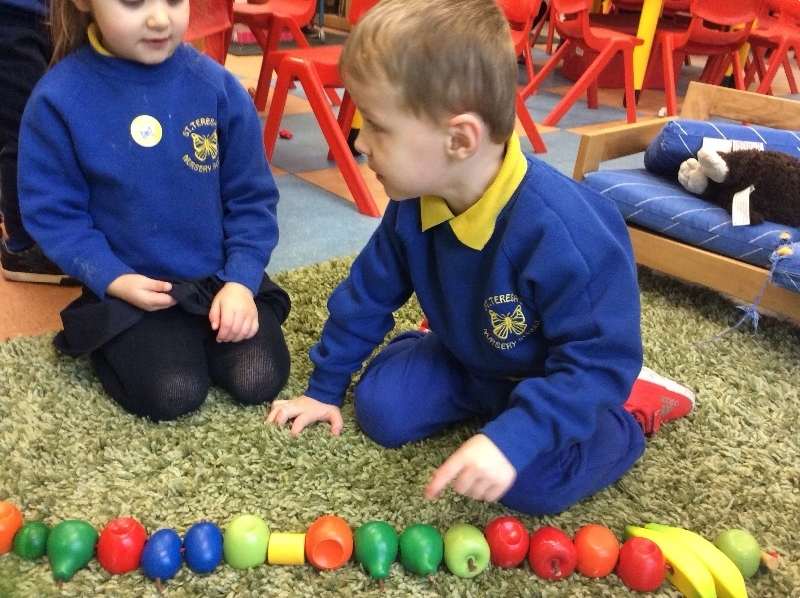
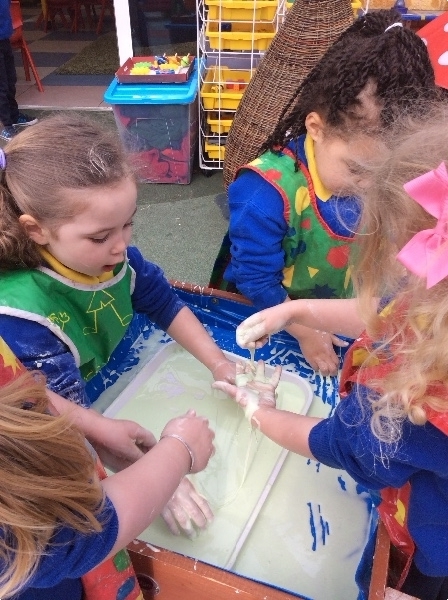
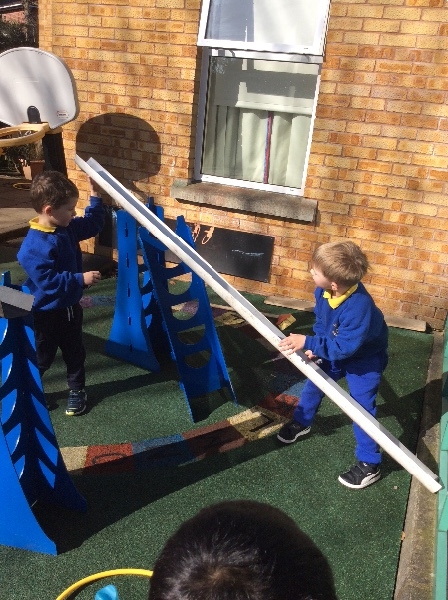
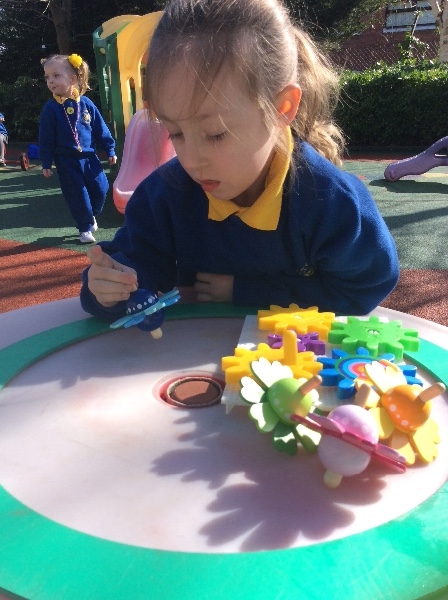
Schemas are patterns of behaviour which help us makes sense of how children learn. Common schemas include: rotation, trajectory, enveloping, connecting and positioning. Staff utilise a child's schemas to extend and encourage children to access to the balance and breadth of activities on offer.
| Title | |
|---|---|
| Why do they do it parent workshop (1st Dec 2020) | Download |
| Parent Workshop Booklet (1st Dec 2020) | Download |
St. Teresa's Nursery School, 24 Bearnagh Glen, Belfast BT11 8HR | 028 9061 6944

